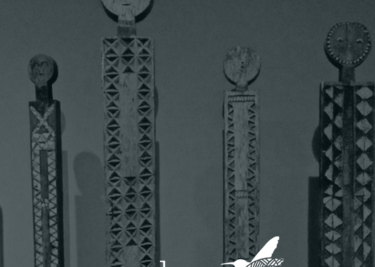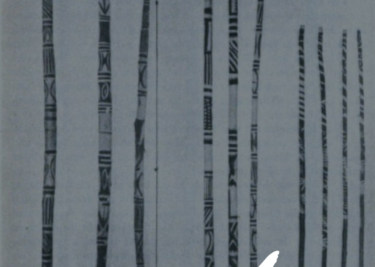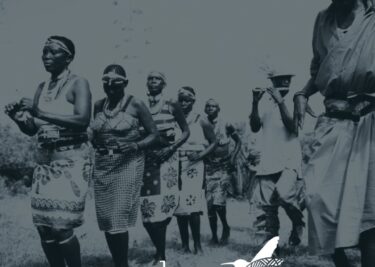Tugen Marriage Rites

Among African communities, marriage was not just a union of two people but of two families. Wedding ceremonies were therefore deeply sacred events. The Tugen were no different; while wedding festivities in this community were conducted over an extended period, the rituals were anchored to the mabwaita, the family altar located within every homestead on which prayers to Asis were made. It is on this altar that marriage rituals were also conducted.
Celebration of the traditional wedding, known as koito, began long before the wedding date was even set. The engagement was the first and most crucial step ahead of the wedding. Once a man set his sights on a woman, he informed his father, who then made a preliminary visit to the young woman’s home. This visit was known as kebendii kooita which translates to “going to present cattle”. No cattle were actually presented during this visit; the name was merely symbolic of what was to come. Upon arriving at the woman’s home, the man’s father stood on the mabwaita and placed the ceremonial stick he had carried on the altar as well. This sent a message to the woman’s father that he wanted to prospect about a marriage. An initial agreement was reached about the dowry by the two men, and a second meeting date was agreed on.
An ox was presented to the woman’s father by the man’s family during the second meeting, and a lengthy conversation about clans, bloodlines, and family health history was had. This was a make-or-break point of the process; a sliver of information could unravel the entire relationship that was being so intricately woven. If this stage was passed successfully, the groom would make a third visit to the bride’s home accompanied by his best man. The bride’s family would anoint them with butter as a sign of blessing and they would return home.
It was on the fourth visit that the bride began participating in the rituals. The groom’s family would make another trip to the woman’s home, and this time they would find the bride seated next to the mabwaita. The bride would sit there while the family was ushered indoors, served food, and ate. During this meal, the families ratified the dowry agreement, and a final number of cattle was decided on. A few days later, the groom would return with the cattle and wait at the mabwaita until the girl’s family received him. After this, the rateet ceremony would take place. Aptly named to mean “the knotting ceremony”, rateet involved the bride and groom tying a special grass locally known as segutyet on each other’s wrists. This act sealed the union and signified entrance into holy matrimony.
The next day, a little girl from the groom’s family was sent to the bride’s home to guide her to her new home. She would arrive to find the groom waiting on his family mabwaita. After receiving an elder’s blessing, the two would share a gourd of mursik. A fire would be lit on the mabwaita to mark the end of the ceremony and the commencement of a new stage of life together.
#KeRites



